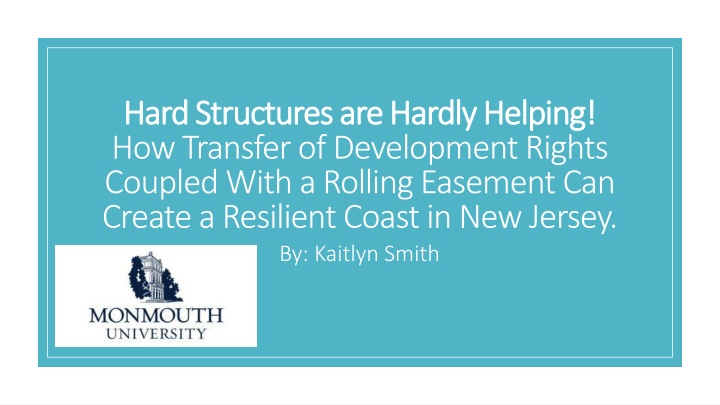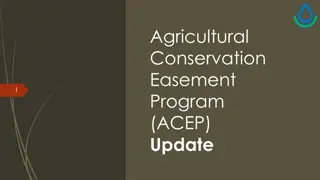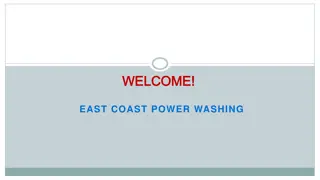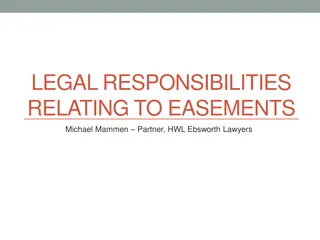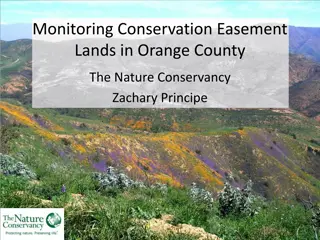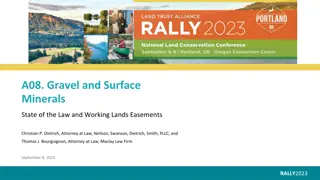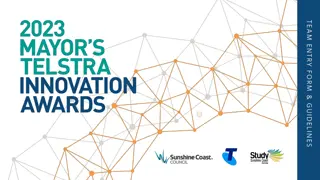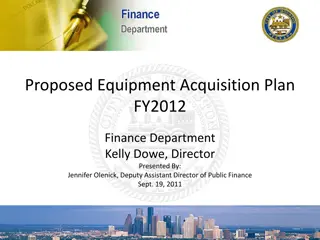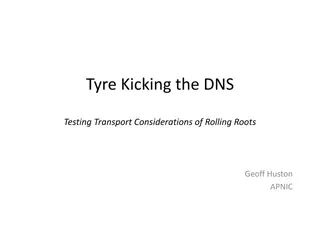Creating a Resilient Coast in New Jersey: The Role of Transfer of Development Rights and Rolling Easements
Exploring how Transfer of Development Rights (TDR) coupled with a Rolling Easement can contribute to building a resilient coast in New Jersey amidst coastal climate change impacts like sea-level rise. The article discusses the challenges of hard structures, the existing legal frameworks, and the implementation of these innovative strategies to protect coastal communities from erosion, storms, flooding, and sea-level rise.
Download Presentation

Please find below an Image/Link to download the presentation.
The content on the website is provided AS IS for your information and personal use only. It may not be sold, licensed, or shared on other websites without obtaining consent from the author.If you encounter any issues during the download, it is possible that the publisher has removed the file from their server.
You are allowed to download the files provided on this website for personal or commercial use, subject to the condition that they are used lawfully. All files are the property of their respective owners.
The content on the website is provided AS IS for your information and personal use only. It may not be sold, licensed, or shared on other websites without obtaining consent from the author.
E N D
Presentation Transcript
Hard Structures are Hardly Helping! Hard Structures are Hardly Helping! How Transfer of Development Rights Coupled With a Rolling Easement Can Create a Resilient Coast in New Jersey. By: Kaitlyn Smith
I. Coastal climate change impacts Sea level rise Beach stabilization Coastal squeeze Beach nourishment II. Existing legal framework Shore Protection Program Blue Acres program The Coastal Barrier Resources Act State Transfer of Development Rights (TDR) III. Implementing a rolling easement coupled with TDR Texas Open Beach Act Application of rolling easement principles Transfer of development rights (TDR) Program obstacles Roadmap:
Why is sea level rise an issue? $45 BILLION tourist industry Damaged homes Commercial development Wildlife
Beach stabilization SOFT SOFT HARD HARD
Coastal Squeeze - Squeezes the exposed beach between rising shoreline and development or sea wall.
Beach Nourishment Soft protective mechanism Relocating sand from offshore through dredging Increase beach erosion Impacts to benthic organisms and coastal Long-term not economically feasible
Existing Legal Framework
Goal: To protect coastal communities from erosion, storms, flooding, and sea level rise. Shore Protection Program Administered by the U.S. Army Corps of Engineers and The Bureau of Coastal Engineering Funded: Shore Protection Fund, annual budget of $25,000,000 coastal protection projects. $25,000,000 towards Most is spent on hard structures and beach nourishment: 75% state 25% grantee
Blue Acres Program Implemented in 2007 Designated $300 million towards the buyout of damaged homes in flood- prone areas. Goal to preserve land as open space, accessible to the public. Purchased over 600 properties since Sandy
The Coastal Barrier Resources Act Goal: Goal: Protect coastal barrier, areas that are biologically rich and are prone to damage from hurricanes and storm surge. Prevents government subsidize from encouraging development Result: Result: Only applied to a few places along the New Jersey coast and development has persisted.
Proposal- background Texas Open Beach Act: Utilizes rolling easements: 1. Prohibits hard shoreline structures. 2. Abandonment of development once the mean high tide has reached it. Preserves beach access and reduces costs.
The Open Beach Act can be used as a template. Ban on hard structures: a program to remove high-risk existing structures and replace them with soft structures. Funded by the Shore Protection Fund. Less money should be spent on beach nourishment Application of Rolling Easement Principles
Coastal retreat enhanced by coupling rolling easements with TDR program The TDR program encourages conservation while promoting economic growth. No direct cost to the federal government because it is supported only by private funds. The act recognizes that sending areas can be waterfront property. The Tidal zone can be designated as an ecologically sensitive area.
Lack of support from coastal communities Florida s voluntary TDR program has not been as successful as hoped. Receiving areas are viewed as unattractive to buyers. Complexity of overlaying zoning and regulation frameworks. Obstacles to Implementation
The TDR framework is already The TDR framework is already established in NJ established in NJ Eligibility would be determined by Eligibility would be determined by level of risk: level of risk: Based on, elevation, flood frequency, distance from the shoreline and areas of critical habitat Analyze the success of the Analyze the success of the program, the acres preserved & program, the acres preserved & success of transferred success of transferred development development. Making the program more attractive to property owners
Thank you! Contact: Kaitlyn.e.smith@monmouth.edu
